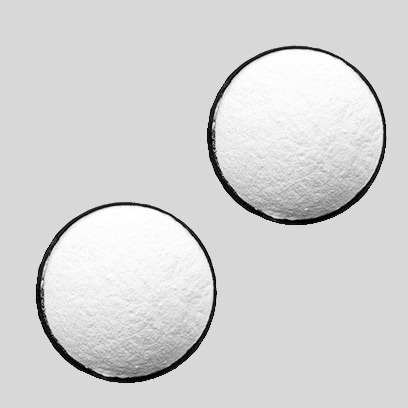
Дек . 18, 2024 01:39 Back to list
Exploring the Vibrant Spectrum of Titanium Oxide Pigments and Their Applications
The Vibrant World of Titanium Oxide Colors
Titanium oxide, also known as titanium dioxide (TiO₂), is a naturally occurring oxide of titanium that has gained immense popularity across various industries due to its unique properties and versatility. However, one of the most appealing aspects of titanium oxide is its ability to produce a wide range of colors, which have become an integral part of many artistic and industrial applications. In this article, we will explore the origins of titanium oxide colors, their applications, and their significance in both natural and artificial contexts.
The Basics of Titanium Dioxide
Titanium dioxide is a white, crystalline powder that is widely regarded as one of the most effective white pigments available. It is produced primarily through two processes the sulfate process and the chloride process. The unique ability of titanium oxide to scatter light results in its bright whiteness and opacity, making it an ideal pigment for paints, coatings, and plastics.
Though often recognized for its primary white color, titanium dioxide can also be manipulated to exhibit a range of colors. This is achieved through various methods, including doping with other metal oxides, combining with organic dyes, or even altering particle size and surface area. The resultant colors can vary from deep blacks to vibrant reds, blues, and greens, allowing for a diverse palette for artists and manufacturers alike.
The Color Spectrum of Titanium Oxide
1. Whites and Off-Whites The most common form of titanium dioxide is the pure white pigment, which is extensively used in the production of paints, paper, and plastics. Off-white shades can be created by blending titanium dioxide with other materials to create softer hues.
2. Black Titanium Oxide Through a process known as reduction, titanium oxide can be treated to form black titanium oxide. This pigment is valued not only for its deep color but also for its UV-absorbing properties, making it useful in outdoor applications.
3. Colored Titanium Dioxide By doping titanium dioxide with metals such as iron, cobalt, or manganese, a range of colors can be achieved. For example, red and yellow shades can be achieved with iron oxide, while cobalt produces rich blues. These colored pigments are often used in ceramics, glass, and specialized coatings.
titanium oxide colors

4. Iridescent and Pearlescent Shades Titanium dioxide is also key in creating iridescent and pearlescent effects. When titanium dioxide particles are coated with silica or mica, they can create beautiful, shimmering colors that change with the angle of light. This effect is often utilized in cosmetics, automotive paints, and decorative art.
Applications and Significance
Titanium oxide colors find applications in various sectors, including
- Art and Design Artists and designers utilize the vibrant colors of titanium oxides to create visually stunning works. The wide range of colors allows for greater creativity and expression in their projects.
- Industrial Coatings In the production of high-performance coatings, titanium dioxide's UV protection and durability make it an ideal choice. The ability to customize colors means that industries can produce branded products that stand out in the market.
- Construction Materials Colored titanium oxide is increasingly used in construction materials, such as tiles and facades. The colors not only enhance aesthetic appeal but also improve material durability and resistance to fading.
- Cosmetics In the cosmetics industry, titanium dioxide is commonly used in foundations, eyeshadows, and other makeup products. Its ability to provide opacity and reflectivity, along with a variety of hues, makes it a staple in beauty formulations.
Conclusion
Titanium oxide colors represent a fascinating intersection of chemistry and creativity. From the purest whites to the most vivid hues, the versatility of titanium dioxide allows for innovation across numerous industries. As technology advances, the potential for new applications and novel color combinations will only expand, ensuring that titanium oxide remains a vital component of color in both nature and artifice. The next time you admire a vibrant painting or a sleek car finish, consider the role that titanium oxide colors might play in creating that visual experience.
-
China Lithopone in China Supplier – High Quality Lithopone ZnS 30% Powder for Wholesale
NewsJun.10,2025
-
Top China Titanium Dioxide Company – Premium TiO2 Powder Supplier & Manufacturer
NewsJun.10,2025
-
Fast Shipping 99% Pure TiO2 Powder CAS 13463-67-7 Bulk Wholesale
NewsJun.10,2025
-
Top China Titanium Dioxide Manufacturers High-Purity R996 & Anatase
NewsJun.10,2025
-
Lithopone MSDS Factories - Production & Quotes
NewsJun.10,2025
-
High-Quality Titanium Dioxide in Water Suppliers - China Expertise 60
NewsJun.09,2025
